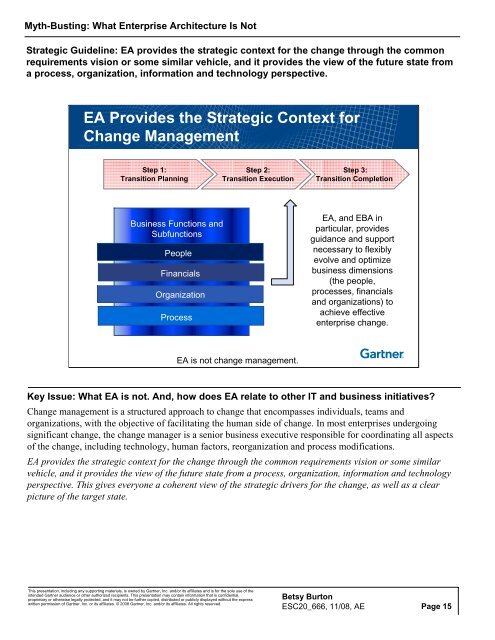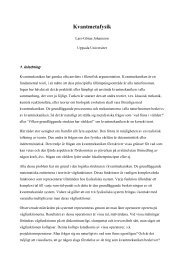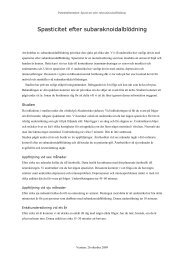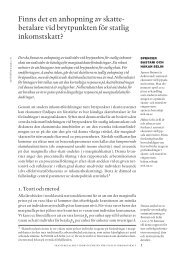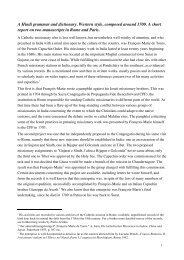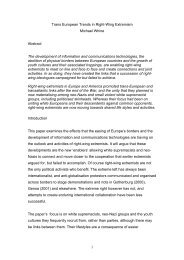Myth-Busting: What Enterprise Architecture Is Not November 3-7 ...
Myth-Busting: What Enterprise Architecture Is Not November 3-7 ...
Myth-Busting: What Enterprise Architecture Is Not November 3-7 ...
You also want an ePaper? Increase the reach of your titles
YUMPU automatically turns print PDFs into web optimized ePapers that Google loves.
<strong>Myth</strong>-<strong>Busting</strong>: <strong>What</strong> <strong>Enterprise</strong> <strong>Architecture</strong> <strong>Is</strong> <strong>Not</strong><br />
Strategic Guideline: EA provides the strategic context for the change through the common<br />
requirements vision or some similar vehicle, and it provides the view of the future state from<br />
a process, organization, information and technology perspective.<br />
EA Provides the Strategic Context for<br />
Change Management<br />
Step 1:<br />
Transition Planning<br />
Business Functions and<br />
Subfunctions<br />
People<br />
Financials<br />
Organization<br />
Process<br />
This presentation, including any supporting materials, is owned by Gartner, Inc. and/or its affiliates and is for the sole use of the<br />
intended Gartner audience or other authorized recipients. This presentation may contain information that is confidential,<br />
proprietary or otherwise legally protected, and it may not be further copied, distributed or publicly displayed without the express<br />
written permission of Gartner, Inc. or its affiliates. © 2008 Gartner, Inc. and/or its affiliates. All rights reserved.<br />
Step 2:<br />
Transition Execution<br />
EA is not change management.<br />
Step 3:<br />
Transition Completion<br />
EA, and EBA in<br />
particular, provides<br />
guidance and support<br />
necessary to flexibly<br />
evolve and optimize<br />
business dimensions<br />
(the people,<br />
processes, financials<br />
and organizations) to<br />
achieve effective<br />
enterprise change.<br />
Key <strong>Is</strong>sue: <strong>What</strong> EA is not. And, how does EA relate to other IT and business initiatives?<br />
Change management is a structured approach to change that encompasses individuals, teams and<br />
organizations, with the objective of facilitating the human side of change. In most enterprises undergoing<br />
significant change, the change manager is a senior business executive responsible for coordinating all aspects<br />
of the change, including technology, human factors, reorganization and process modifications.<br />
EA provides the strategic context for the change through the common requirements vision or some similar<br />
vehicle, and it provides the view of the future state from a process, organization, information and technology<br />
perspective. This gives everyone a coherent view of the strategic drivers for the change, as well as a clear<br />
picture of the target state.<br />
Betsy Burton<br />
ESC20_666, 11/08, AE<br />
Page 15


